|
The brain loves healthy fats, micronutrients, & antioxidants....are you getting enough? Having symptoms of brain fog, forgetting things, or just not feeling as sharp? Add some of the foods below into you regular routine to boost the nutrients that your brain craves!
Spring is here! Warmer weather means more smoothies!
Here is a list of superfoods that make great additions to supercharge any smoothie recipe. My favorites would have to be Spirulina and Cacao. What are your favorites? #Seedcycling #hormonebalance #flax #chia #sesame #pmsRotating of seeds is a valuable way of restoring hormonal balance for men and women. Seed cycling is so effective because the hulls of the seeds contain chemicals called lignans, which help modulate the hormonal pathways of the body while the seed oils are comprised of essential (or omega) fatty acids that provide the building blocks for steroid hormone synthesis. As each seed type contains variations of these lignans and fatty acids, rotation of these seeds through the month provides the body with the variety of precursors it needs to create normal hormonal cycles. The additional oils (EPA/DHA & GLA) may also be added for added balancing. Women: The rotation plan can be done according to either the menstrual cycle (if it is fairly regular) or phases of the moon (if the menstrual cycle is absent or too irregular) * From days 1-14 of the menstrual cycle (or from new moon to full moon) 1-2 Tablespoon(s) per day of ground flax/ pumpkin seeds/ or Chia Seeds EPA/DHA 2,000 – 3,000 mg EPA/DHA (1,500 each) Flax and pumpkin seeds support the ESTROGEN dominant time of your cycle and balancing the omega 3 pathway. * From days 15 – 28 of the menstrual cycle (or from full moon to new moon) 1-2 Tablespoon(s) per day of ground sesame or sunflower seeds. GLA (Borage or Evening Primrose Oil) 500 mg GLA (rich in Omega 6s that contains linoleic acid) converts in the body ultimately to prostaglandins, hormone-like molecules that help regulate Inflammation and blood pressure as well as heart, gastrointestinal, and kidney functions Sesame and sunflower seeds support the PROGESTERONE peaks of your cycle and balancing the omega 6 pathway. Men: The rotation plan is done according to the phases of the moon (and is the opposite of women’s rotation): * From full moon to the new moon: 1-2 Tablespoon per day of ground flax or pumpkin seeds. * From new moon to the full moon: 1-2 Tablespoon per day of ground sesame or sunflower seeds. Seed Preparation: It works best to use a coffee or spice grinder to grind the seeds. Only prepare a few days supply at a time as the seeds may oxidize and become less potent. Store the ground seeds in a jar with a tight fitting lid and keep in the refrigerator. One or two tablespoons per day can be used. You can eat the seeds with any foods such as salads, cereals, vegetables, grains or mix them in a little rice or soymilk and drink them. It adds a nutty crunchy taste to foods. IT IS BEST TO USE ORGANIC AND RAW SEEDS. Seed Facts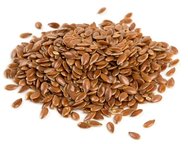 Flax Seeds Flax seeds are high in B vitamins, manganese and magnesium. These power-packed seeds have many other nutrition components. 100 grams of ground flax seed supplies about 450 kilocalories, 28 grams/fiber and 20 grams/protein. Flax seeds should be ALWAYS be ground fresh before consumption (reduces rancidity) and can be added to any meal. 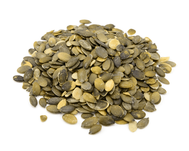 Pumpkin Seeds Pumpkin seeds are very beneficial to your health because of the minerals they provide. The seeds contain high amounts of iron, magnesium phosphorus and zinc. They are also a fantastic source of protein (2 grams per tablespoon), phytosterols and beneficial polyunsaturated fats. 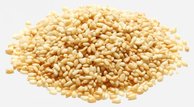 Sesame Seeds Sesame seeds are very rich in iron, magnesium, manganese and copper. There are about 90 mg of calcium in one tablespoon of unhulled seeds and 10 mg in hulled seeds. They also contain vitamin E (tocopherol) and vitamin B1 (thiamine). Sesame seeds contain the richest source of lignans, namely sesamin (a phytoestrogen), which has antioxidant and anti-cancer properties. The phytosterols present in sesame seeds are associated with reduced levels of blood cholesterol. 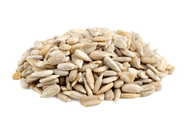 Sunflower Seeds Sunflower Seeds are a rich source of vitamin E; also contain linoleic acid (an essential fatty acid), amino acids and minerals that include magnesium, potassium, zinc and calcium. Sunflower seeds are rich in phytosterols and can be part of a cholesterol-lowering diet. The nutritional value in one serving (1/4 cup) includes, 3.0 g/fiber and 6.0 g/protein. A serving of raw sunflower seeds also provides a person’s daily requirement of iron (about 13%).  Have you heard of bulletproof coffee? It is becoming very popular and for good reason! Bulletproof coffee is made by blending unsalted grass fed butter and coconut oil or MCT oil to your coffee. The benefits of bulletproof coffee include fast stable energy without the crash, a source of healthy and nutrient dense fats to boost brain function and metabolism. This is my go-to breakfast option. It is quick, easy, filling, and I feel great when I drink it. I make mine as described below, but if you don’t want coffee, you can also make it with Matcha green tea, black tea, or decaf coffee. It can be a great way to start your day. If you are consuming bulletproof coffee, consume it away from carbohydrates or sugar so that your body can reap the benefits of being in a ketogenic or fat-burning state. My Coffee Recipe 2 cups of Coffee brewed in a drip coffee maker. I use a Chemex, with metal cone filter. These can be found in stores or on amazon: https://www.amazon.ca/s/ref=nb_sb_noss_2/159-2670182-3790548?url=search-alias%3Daps&field-keywords=chemex 1 Tablespoon unsalted grass fed butter 1-2 Tablespoons Brain Octaine oil, available in stores or at http://www.bulletproof.com/ Mix in a blender, and blend for 20-30 seconds. Blending the mixture helps emulsify the fats with the coffee so the nutrients can be delivered to your cells quicker for optimal benefit. Chemical farming is on the increase, as farmers try to reduce pests and increase production to meet demands. The wide spread use of chemicals and pesticides along with GMO’s are placing a dangerous toxic load on our bodies. Pesticide exposure has been linked to cancers, Parkinson’s and Alzheimer’s, ADHD, leaky gut, and birth defects. These chemicals act overtime and the cumulative effects of all the chemicals we are exposed to increases our risks.
The more we can do to decrease our exposure to toxic chemicals, the better. One way is to buy organic foods. Every year the Environmental Working Group puts out a list of the Dirty Dozen, and the Clean Fifteen as a guide to organic buying. The Dirty Dozen is the list of produce items that contain the highest levels of pesticides and chemicals and should be bought organic whenever possible. The Clean Fifteen are the produce items, which contain the lowest pesticide levels, and may be bought conventional if organic is not available. Generally speaking, foods that have a thick outer skin, which is not consumed, are safer to buy conventional. Produce like avocadoes, and grapefruit fall into this group. Whether organic or not always wash produce thoroughly prior to consuming with a fruit & veggie wash or a 50/50 mix of vinegar and water. Download and print this guide or keep it on your food for the next you are grocery shopping and buy organic whenever you can! Did you know more than 40% of Canadians do not get the daily required dose of magnesium?
That is almost ½ of people that are not getting enough of this vital mineral! Magnesium (Mg) is needed by all your cells playing a part in over 350 chemical reactions! Required for energy production, contributing to heart, muscle, and nerve health. Some signs of magnesium deficiency include: Muscle weakness, cramps, anxiety, restless legs, high blood pressure, poor heart function, dizziness and fatigue. Foods with decent Mg content: nuts, seeds, fish, spinach, cereals/grains – but levels are not as high as they used to be in food. Overtime with years of intensive farming the soils have been depleted of mineral content. Not to mention processing of food further depletes mineral and vitamins. Supplements: What form is best? Mg Glycinate is bonded to the amino acid glycine, a neurotransmitter that also has relaxing properties. This form has the highest absorption and bioavailability and is best for those trying to remedy a deficiency. Mg Citrate is most common found in supplements and is a good source of Mg. Mg Oxide is least absorbed and has the highest percentage of elemental Mg per dose. Topical Mg is also an option and can be especially beneficial for addressing muscle soreness. Consult an Naturopathic Doctor for the most specific recommendation for your health, Book your visit with Dr. Lindsey today, call 604-779-7869! Cinnamon is a delicious and versatile spice. But did you know that is has many health benefits as well?
There are 2 varieties of cinnamon: Ceylon Cinnamon: This is true cinnamon. Cassia Cinnamon: This is the common variety found in most stores. The Ceylon variety is lower in Coumarin, a compound which can cause liver damage when consumed in large doses. If you can find the Ceylon variety it is a better option. Here are my top 5 benefits: 1. Blood Sugar Balancer Cinnamon has been shown to reduce insulin resistance; a key to achieving proper blood sugar balance. Cinnamon also lowers blood sugar levels by slowing glucose from entering the bloodstream. The anti-diabetic effects of cinnamon can lower fasting blood sugar levels by up to 10-29%, when 0.5 – 2 teaspoons of cinnamon is consumed per day. Tip: When eating sweet foods, add some cinnamon to slow the effect of the sugar on your system. 2. Neuro-Protective Compounds in cinnamon have been found to inhibit the buildup of Tau proteins in the brain. These Tau proteins are associated with neurodegenerative diseases like Alzheimer’s and Parkinsons Disease. 3. Anti-Inflammatory Inflammation is an underlying issue with all disease states. Any tool to help lower inflammation is beneficial. 4. Anti-Oxidant Loaded with powerful antioxidants that protect the body from oxidative damage caused by free radicals. Cinnamon has an ORAC value of 267536 umol TE/100g making it one of the top seven anti-oxidants in the world! 5. Anti-Microbial The main active component of cinnamon, cinnamaldehyde, has been shown to be fight bacterial, fungal, and viral infections. It is also effective in fighting tooth decay and bad breath. Tip: for a natural mouthwash, use 1-2 drops of cinnamon essential oil in a mouthful of water. Swish and gargle in mouth for at least 1 minute then spit out. You can also drink cinnamon tea at the first sign of a sore throat. 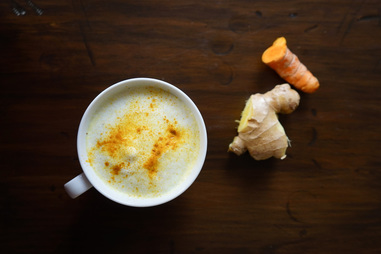 A warm chai on a cold night sounds like the perfect combo and it is easy to make at home! Store bought Chai often contains a lot of sugar, artificial colors and chemicals. This home-made recipe is not only natural and delicious but has many health benefits as well. Turmeric, ginger and coconut oil are anti-inflammatory and anti-microbial to help boost your immune system and keep you feeling healthy. The coconut oil adds an extra boost to your metabolism as well. Enjoy this chai anytime of day or night and enjoy often! Ingredients to make 2 cups of Chai : - Fresh turmeric root or powder - ½ - 1 tsp - Fresh ginger root or powder - ½ - 1 tsp - Cinnamon powder – ¼ tsp - Fennel seeds – a pinch of seeds - Cloves – a few cloves - Nutmeg & Cardamon - a pinch of each - Organic Virgin Coconut oil – 1-2 tsp - Honey – ½ tsp or more to taste - Almond/coconut/rice milk 1&½ cups *The cloves/nutmeg/cardamon are for flavor and can be left out if you do not like these. *The quantity of the spices used is really up to your taste, adding more will increase the health benefits of the chai. *Fresh ginger and turmeric have the most nutrients and taste the best but if this is not easy to find the dry powder can be used. *Grate the ginger and turmeric finely so that you can drink it in the chai. Directions: - In a small pot, bring 1.5 cups of your choice of non-dairy milk and ½ cup of water to a simmer - add all the ingredients, allow it to simmer for about 5-10 minutes, cool then enjoy! - You can strain it if you prefer, I like to leave it all in and drink the ginger and turmeric bits Dr. Lindsey Jesswein, ND 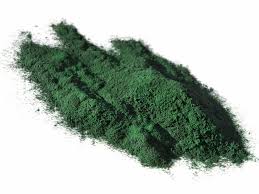 Spirulina is a blue-green microalgae that is packed full of nutrients- in fact it is one of the most nutrient dense foods on the planet! At almost 70% protein, it is has the highest protein content per gram of all foods! What makes it so nutritious? It has a full spectrum of nutrients, including essential and non-essential Amino acids, healthy fats like GLA and omega-3’s, B vitamins including B12, chlorophyll, antioxidants, Vitamin A/K/E/D, and minerals. Why take it? Think of spirulina as an easily absorbed super multi vitamin that boosts energy, detoxifies, supports the immune system, reduces inflammation, and supports overall health. Low energy, digestive concerns, immune dysfunction, allergies, liver concerns, and more can all benefit from high quality spirulina in the diet. How to take it? Spirulina can be found in liquid, powder, and tablet form. The powder and liquid forms can be taken on their own or mixed into smoothies or any other recipes. Choose whichever form will work for your lifestyle. While it has a dark green, almost black color, the flavor is mild and not overpowering when mixed into other foods. If possible, purchase an organic form. |
Categories
All
Archives
November 2017
|
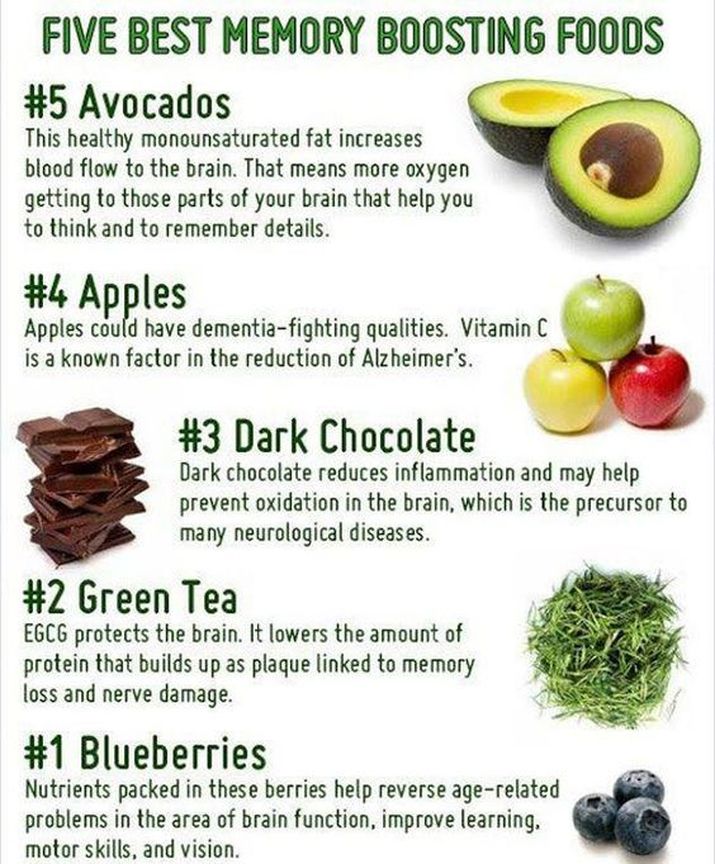

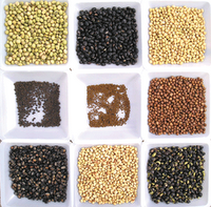
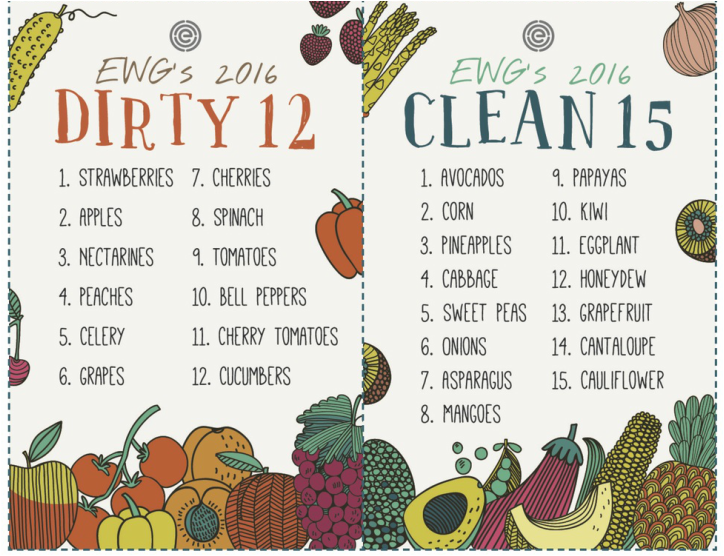
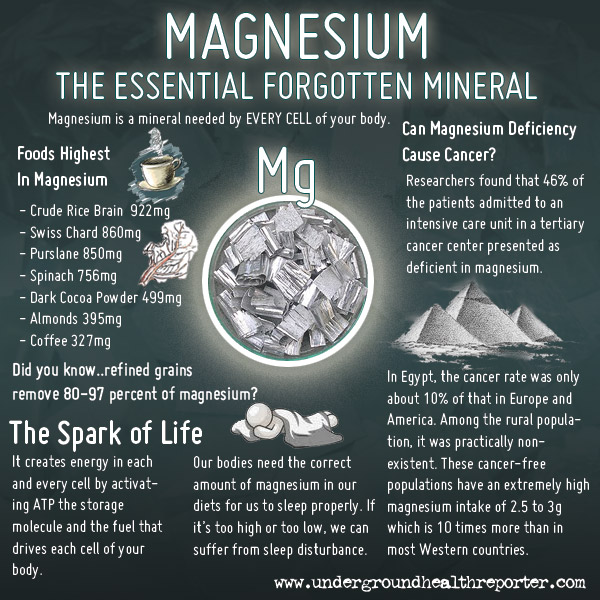
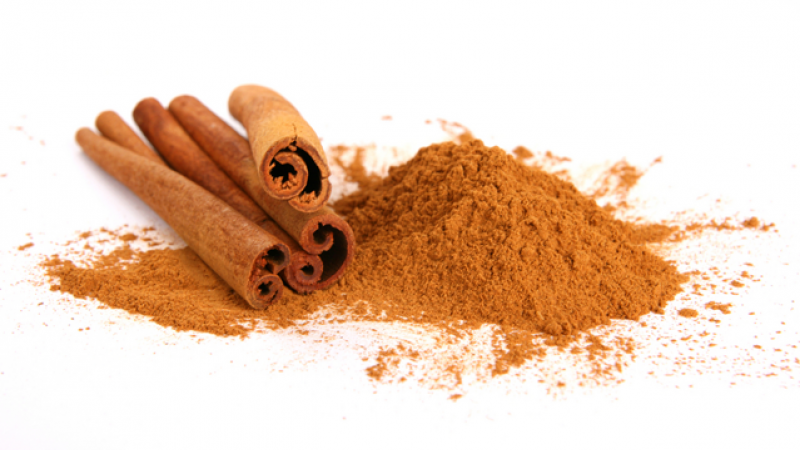
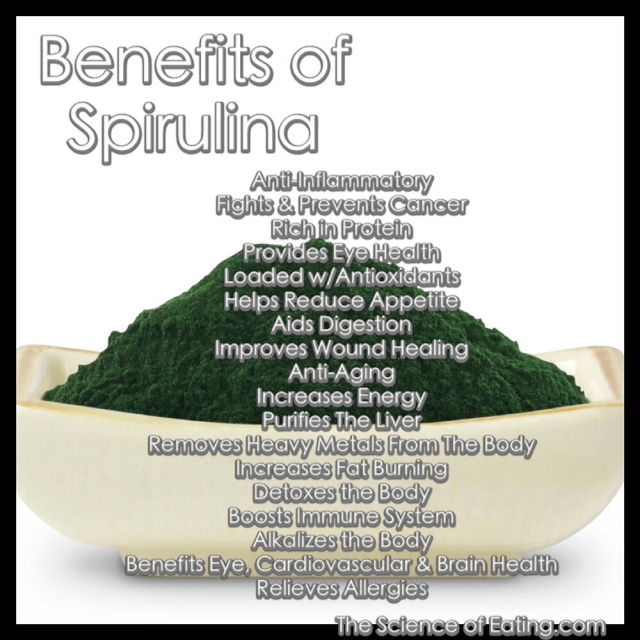
 RSS Feed
RSS Feed